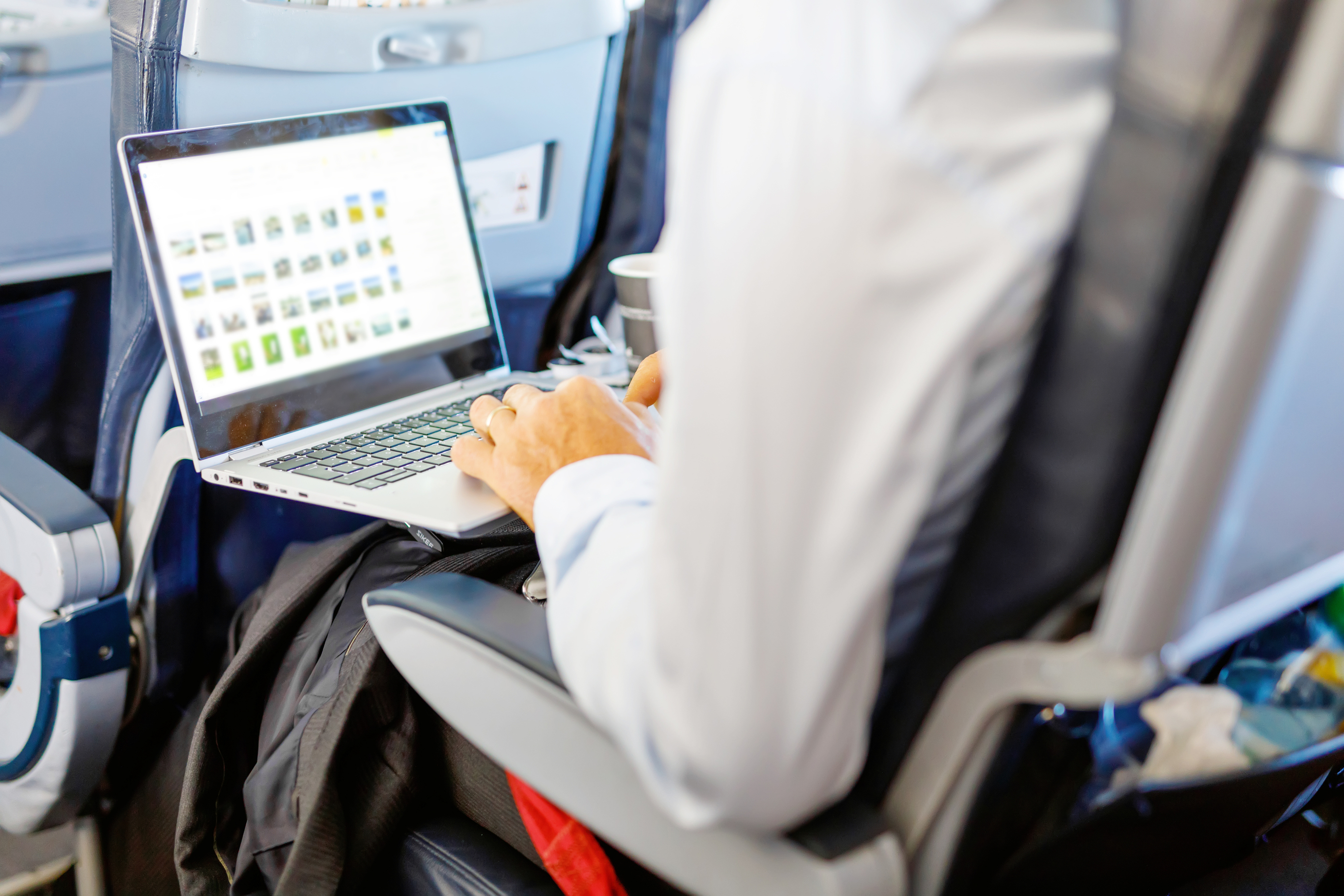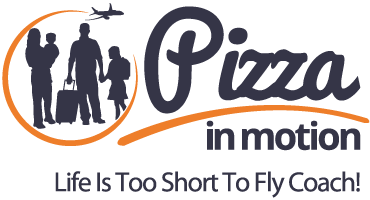Disclaimer: With In-Flight Wi-Fi, What You Buy Is Not Always What You Get

If you’re a frequent traveler, you probably already know this. In-flight Wi-Fi is the greatest addition to airplanes since they pressurized cabins. Well, at least for business travelers like myself. It’s also one of the most frustrating elements, because what you get can vary so much.
Scott McCartney of the Wall Street Journal covers this online (and in tomorrow’s print edition). He talks about how essential Wi-Fi is. Scott also quickly cuts to the point. What you see/expect is not always what you get:
But with more passengers trying to log in and each using more data, systems that connect to ground antennas get overwhelmed on many flights. Frequent travelers sometimes call Gogo, the leading air-to-ground service, Slowgo or Nogo.
“Sometimes the service is spotty or I get kicked off. You get frustrated and sometimes just bag it,” says Hemant Pathak, an attorney based in Washington, D.C., who travels frequently to Seattle and other West Coast cities.
It really is a mixed bag. In all honestly, it’s the mixed bag of all mixed bags. And, in many cases you won’t know what you’re getting until you’ve already paid:
“You can pay a bunch and get very little,” says Ed Pizzarello, a Reston, Va.-based venture capitalist who blogs about frequent-flier programs and travel. “There are planes on first-generation Gogo where you get one passenger who’s a bandwidth hog and the best you can get is email.”
A line about life being like a box of chocolates comes to mind.
I found my head nodding through all of Scott’s article, except for one point. He quotes a Delta executive in relation to the reality that they, and other airlines, fly with multiple types of in-flight connectivity:
“The reality is not every product will ever be the same when you operate as large a fleet as we do,” says Andrew Wingrove, Delta’s managing director of product strategy and customer experience.
Well, yes. That is the reality. But, it’s the reality that airlines like Delta, American and United created. I can recall United’s CEO at the time, Jeff Smisek, commenting on United’s lack of progress in the area of in-flight Wi-Fi. He said that they would use the opportunity as a strategic advantage to roll-out a better product.
In some ways, you could argue their product is better, in that many planes have decent connection speeds. However, they deploy multiple solutions and continue to have technical difficulties. I spend a lot of time on United planes throughout the year (likely over 100,000 miles in 2017). I have issues connecting no less than 30% of the time. Sometimes it’s as simple as rebooting the connection. Other times, I pay for Wi-Fi and the connection dies shortly thereafter.
At any rate, it’s important to emphasize the airlines chose to have multiple technologies and to have slow upgrade schedules. Nobody held a gun to their head. So, while it’s a reality that they have multiple systems, that reality exists based on their choices. Southwest, a sizable airline comparable to the Big 3, will offer you essentially the same service on any Southwest flight.
The Final Two Pennies
What you see isn’t always what you get. In the world of in-flight Wi-Fi, what you pay for isn’t always what you get. I’ve got some notes for a longer post on my experience with Wi-Fi on various airlines. For now, if reliable connectivity is important to you and you’re left wondering what you’ll get, try a resource like Route Happy. They do a fairly good job summarizing what to expect when you’re plugging in 30,000 feet up in the sky. And, if you really want to know about the nitty-gritty of airline connectivity, check out Paxex.aero. More on that later.
The post Disclaimer: With In-Flight Wi-Fi, What You Buy Is Not Always What You Get was published first on Pizza in Motion

